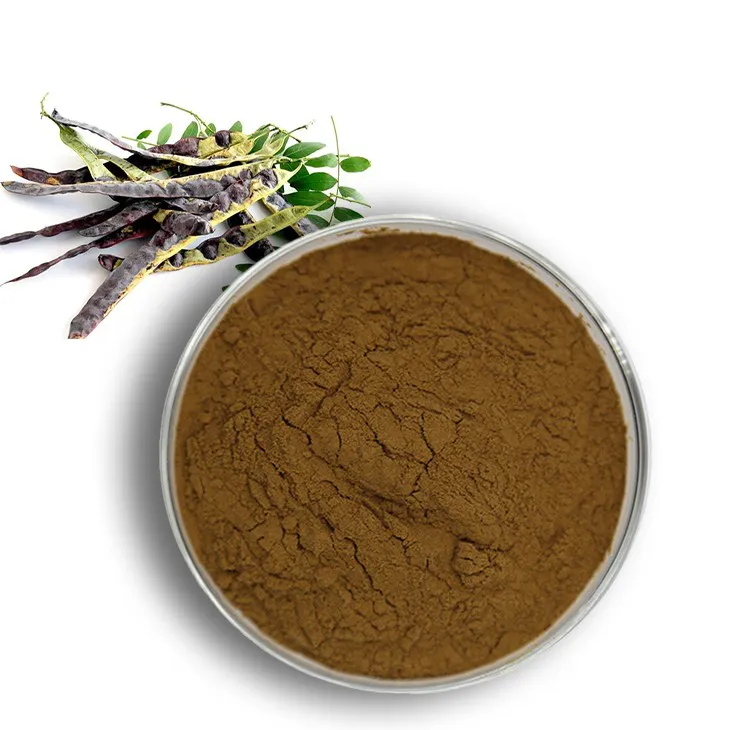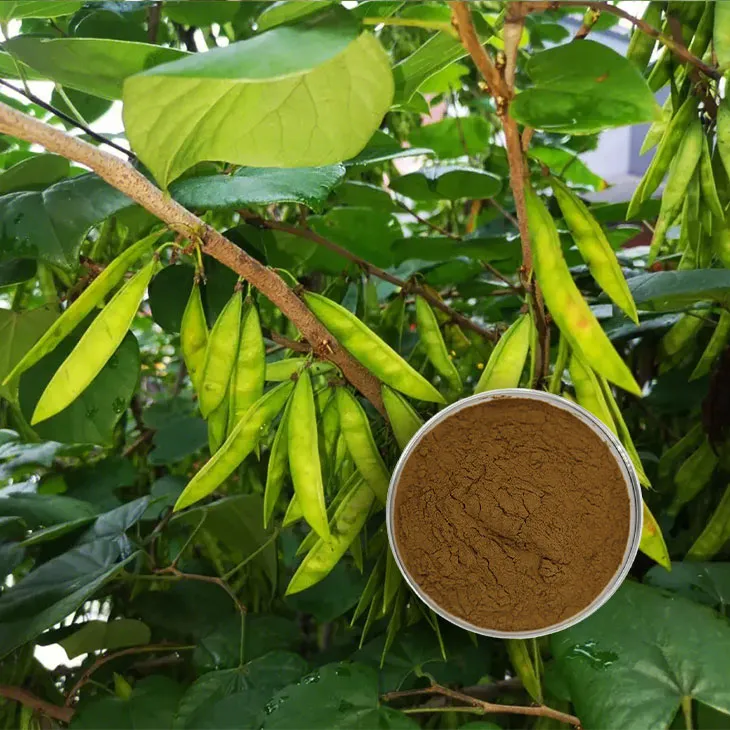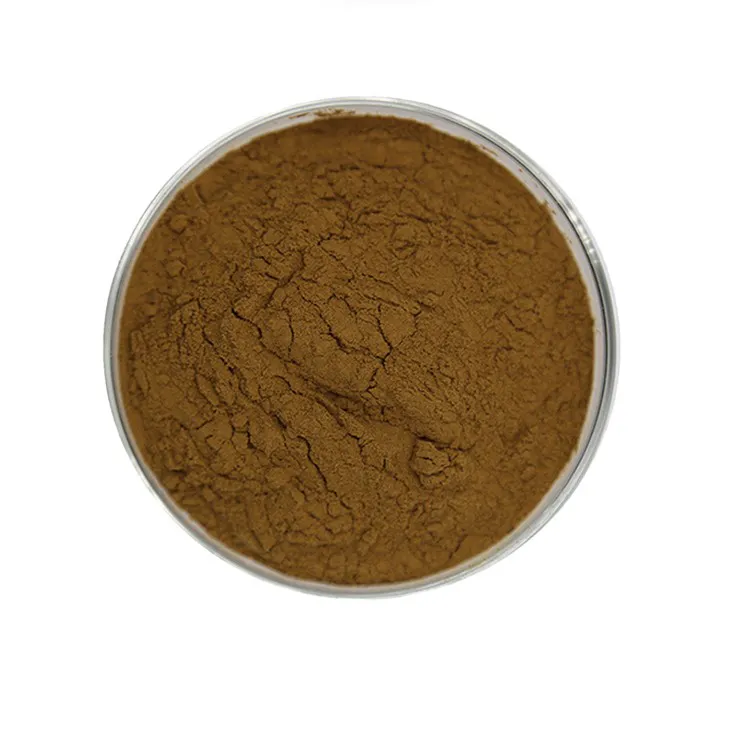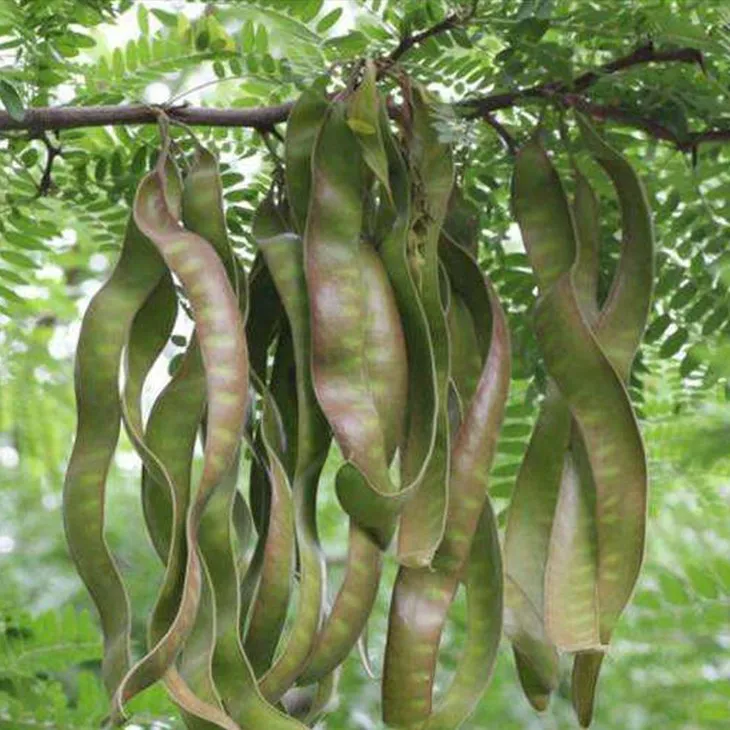- 0086-571-85302990
- sales@greenskybio.com
The Science Behind Selecting Plant Material for Saponin Extraction
2024-08-04

1. Introduction
Saponins are a diverse group of natural compounds found in many plants. They possess a wide range of biological activities and have found applications in pharmaceuticals, cosmetics, and food industries. The extraction of saponins from plants is a complex process that is highly dependent on the choice of plant material. This article aims to explore the scientific principles behind selecting the appropriate plant material for Saponin Extraction.

2. Importance of Saponin Extraction
2.1 Pharmaceutical Applications Saponins have been studied for their potential medicinal properties. For example, some saponins exhibit anti - inflammatory, anti - cancer, and immunomodulatory activities. They can be used as natural alternatives to synthetic drugs or as lead compounds for drug development. In the pharmaceutical industry, the extraction of high - quality saponins from plants is crucial for the production of effective medications.
2.2 Cosmetic Applications Saponins are also used in the cosmetics industry. They can act as surfactants, which help in emulsifying and foaming cosmetic products. Additionally, some saponins have antioxidant and skin - conditioning properties, making them valuable ingredients in skin - care products such as creams, lotions, and shampoos.
2.3 Food Applications In the food industry, saponins can be used as natural additives. They can contribute to the foaming and emulsifying properties of certain food products, such as beverages and confectionery. Moreover, some saponins may have health - promoting effects, such as reducing cholesterol levels.

3. Factors Affecting the Selection of Plant Material
3.1 Plant Species
Different plant species contain different types and amounts of saponins. For instance, ginseng (Panax ginseng) is well - known for its high content of ginsenosides, which are a type of saponin. Another example is quillaja (Quillaja saponaria), which is a rich source of saponins used in the production of vaccines and other pharmaceuticals. When selecting plant material for Saponin Extraction, it is essential to consider the species that are known to be rich in the desired type of saponin.
- Some plant species may produce saponins with unique chemical structures that have specific biological activities. For example, certain leguminous plants produce saponins that have been shown to have anti - microbial properties.
- The distribution of saponins within a plant species can also vary. In some cases, saponins may be more concentrated in the roots, while in others, they may be found in the leaves or fruits.
3.2 Growth Conditions
The growth conditions of plants can significantly affect the saponin content and composition.
- Soil Type: Different soil types can influence the uptake of nutrients by plants, which in turn can affect saponin production. For example, plants grown in nutrient - rich soil may produce more saponins compared to those grown in poor soil.
- Climate: Temperature, humidity, and sunlight exposure are important climate factors. Some plants require specific temperature ranges to optimize saponin production. For example, certain alpine plants may produce higher levels of saponins in cooler temperatures.
- Altitude: Altitude can also play a role. Plants growing at higher altitudes may experience different environmental stresses, which can lead to changes in saponin production. For example, some studies have shown that plants growing at high altitudes may have increased antioxidant activity, which could be related to changes in saponin content.
3.3 Chemical Composition
The chemical composition of the plant material is another crucial factor.
- Co - existing Compounds: The presence of other compounds in the plant can affect the extraction process. For example, if a plant contains a large amount of polysaccharides, it may interfere with the extraction of saponins. These co - existing compounds may need to be removed prior to saponin extraction.
- Saponin Structure: The chemical structure of saponins varies among different plant species. Some saponins have a more complex structure, which may require more specialized extraction methods. Understanding the saponin structure is essential for choosing the appropriate extraction technique.

4. Analytical Methods for Assessing Plant Material
Before selecting plant material for saponin extraction, it is necessary to analyze the plant to determine its saponin content and quality.
4.1 Chromatographic Techniques
4.1.1 High - Performance Liquid Chromatography (HPLC) HPLC is a widely used technique for analyzing saponins. It can separate and quantify different saponin components in a plant extract. By using appropriate columns and mobile phases, HPLC can provide detailed information about the saponin profile of a plant sample.
4.1.2 Gas Chromatography (GC) Although saponins are generally not suitable for direct analysis by GC due to their relatively high molecular weight and polar nature, derivatization techniques can be used to convert saponins into more volatile compounds for GC analysis. GC can be useful for analyzing the fatty acid moieties or other volatile components associated with saponins.
4.2 Spectroscopic Methods
4.2.1 Ultraviolet - Visible (UV - Vis) Spectroscopy UV - Vis spectroscopy can be used to detect the presence of saponins based on their characteristic absorption spectra. However, it is a less specific method compared to chromatographic techniques and may only provide a rough estimate of saponin content.
4.2.2 Infrared (IR) Spectroscopy IR spectroscopy can provide information about the functional groups present in saponins. It can be used to identify the types of saponins based on their characteristic IR absorption bands.

5. Sustainable Sourcing of Plant Material
With the increasing demand for saponin - containing products, it is important to ensure the sustainable sourcing of plant material.
- Cultivation Practices: Promoting sustainable cultivation practices, such as organic farming and agroforestry, can help to ensure a continuous supply of plant material while minimizing environmental impact. For example, agroforestry systems can provide a suitable environment for the growth of saponin - rich plants while also promoting biodiversity.
- Wild Harvesting: If wild harvesting is practiced, it should be done in a sustainable manner. This includes following regulations and guidelines to prevent over - harvesting and protect the natural habitats of the plants. For example, setting quotas for the amount of plant material that can be harvested from wild populations.
6. Conclusion
Selecting the appropriate plant material for saponin extraction is a complex process that involves considering multiple factors. The plant species, growth conditions, and chemical composition all play important roles in determining the saponin content and quality. Analytical methods are available to assess the plant material prior to extraction. Additionally, sustainable sourcing of plant material is crucial to meet the growing demand for saponin - containing products while protecting the environment. By understanding the science behind selecting plant material for saponin extraction, it is possible to optimize the extraction process and produce high - quality saponin - based products for various industries.
FAQ:
What are the most common plant species used for saponin extraction?
Some of the most common plant species used for saponin extraction include Quillaja saponaria, which is known for its high saponin content. Ginseng is also a popular choice, especially in the pharmaceutical industry due to its potential health benefits associated with saponins. Another example is soapwort (Saponaria officinalis), from which saponins can be easily extracted and have been used in traditional medicine and cosmetics.
How do growth conditions affect the saponin content in plants?
Growth conditions play a significant role in determining the saponin content of plants. For instance, the amount of sunlight a plant receives can influence saponin production. Adequate sunlight exposure often promotes photosynthesis, which is essential for the biosynthesis of secondary metabolites like saponins. Soil quality also matters. Nutrient - rich soils with proper levels of nitrogen, phosphorus, and potassium can enhance the growth and saponin production of plants. Additionally, water availability affects plant metabolism. Moderate water stress at certain growth stages may sometimes increase the concentration of saponins as a part of the plant's defense mechanism.
Why is the chemical composition of plant material important for saponin extraction?
The chemical composition of plant material is crucial for saponin extraction because it can affect the extraction process and the quality of the extracted saponins. Other compounds present in the plant may interact with saponins during extraction. For example, if there are high levels of tannins, they may form complexes with saponins, making the extraction more difficult or affecting the purity of the final product. The presence of lipids or waxes on the surface of plant tissues can also interfere with extraction solvents. Moreover, the chemical composition can determine the solubility characteristics of saponins within the plant, which in turn affects the choice of extraction solvent and method.
What methods are used to analyze the chemical composition of plants for saponin extraction?
There are several methods used to analyze the chemical composition of plants for saponin extraction. Chromatographic techniques are commonly employed. High - performance liquid chromatography (HPLC) is very effective in separating and quantifying saponins and other components in plant extracts. Gas chromatography (GC) can also be used, especially for analyzing volatile components that may be related to saponin biosynthesis or plant - saponin interactions. Spectroscopic methods such as infrared spectroscopy (IR) and nuclear magnetic resonance spectroscopy (NMR) are useful for identifying functional groups and structural features of saponins and other plant compounds. Additionally, mass spectrometry (MS) can provide information about the molecular weight and fragmentation patterns of saponins, which helps in their identification and characterization.
How can one ensure high - quality saponin extraction from plant material?
To ensure high - quality saponin extraction from plant material, several factors need to be considered. First, the selection of appropriate plant material based on species, growth conditions, and chemical composition is essential. Using fresh and properly stored plant material also helps. The extraction method should be carefully chosen according to the nature of the saponins and the plant matrix. Optimization of extraction parameters such as solvent type, extraction time, temperature, and solvent - to - plant ratio is crucial. Additionally, purification steps after extraction, such as filtration, chromatography, and crystallization, can further improve the quality of the extracted saponins. Quality control measures, including analysis of saponin content and purity using appropriate analytical techniques, should be implemented throughout the extraction process.
Related literature
- Saponin - Rich Plants: A Review of Their Chemical Composition and Biological Activities"
- "The Influence of Growth Conditions on Secondary Metabolite Production in Plants: Focus on Saponins"
- "Analytical Techniques for Saponin Characterization in Plant Extracts"
- "Optimization of Saponin Extraction from Medicinal Plants: A Comprehensive Review"
- ▶ Hesperidin
- ▶ Citrus Bioflavonoids
- ▶ Plant Extract
- ▶ lycopene
- ▶ Diosmin
- ▶ Grape seed extract
- ▶ Sea buckthorn Juice Powder
- ▶ Fruit Juice Powder
- ▶ Hops Extract
- ▶ Artichoke Extract
- ▶ Mushroom extract
- ▶ Astaxanthin
- ▶ Green Tea Extract
- ▶ Curcumin
- ▶ Horse Chestnut Extract
- ▶ Other Product
- ▶ Boswellia Serrata Extract
- ▶ Resveratrol
- ▶ Marigold Extract
- ▶ Grape Leaf Extract
- ▶ New Product
- ▶ Aminolevulinic acid
- ▶ Cranberry Extract
- ▶ Red Yeast Rice
- ▶ Red Wine Extract
-
Acai Berry Extract
2024-08-04
-
Chaste Berry Extract
2024-08-04
-
Clove Powder
2024-08-04
-
Scutellaria Extract
2024-08-04
-
Cranberry Extract
2024-08-04
-
Bamboo Leaf extract
2024-08-04
-
Centella Asiatica Extract
2024-08-04
-
Garcinia Cambogia Extract
2024-08-04
-
Polygonum Cuspidatum Extract
2024-08-04
-
Oat Straw Extract Powder
2024-08-04





















